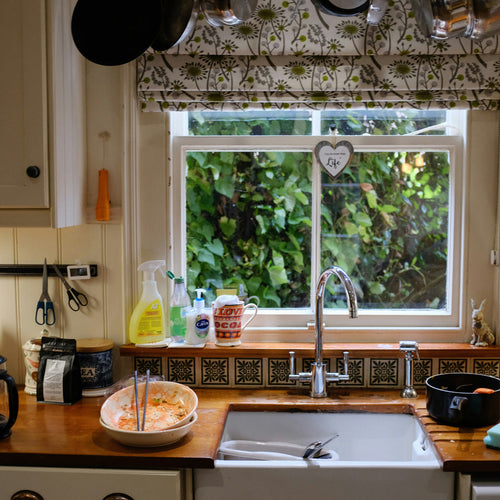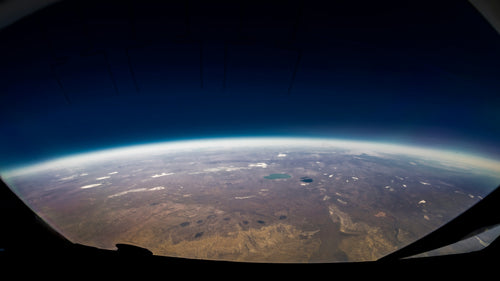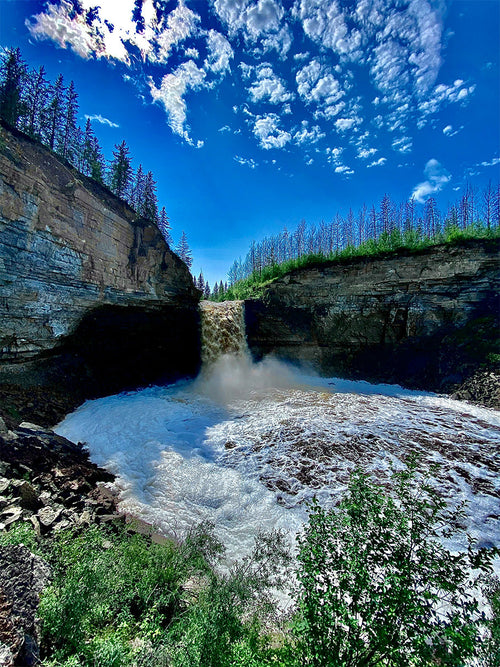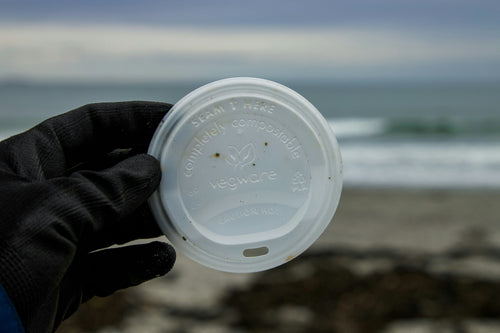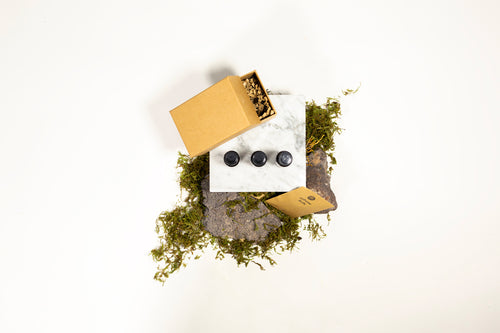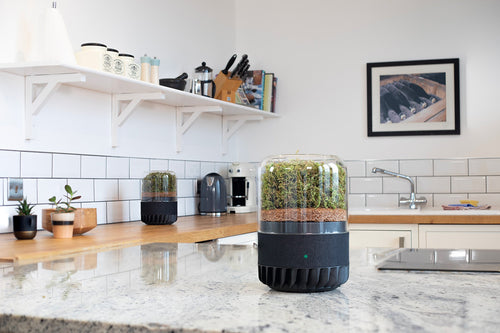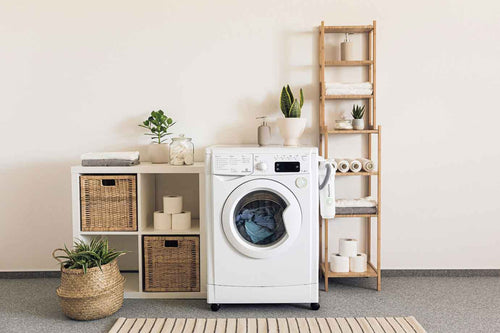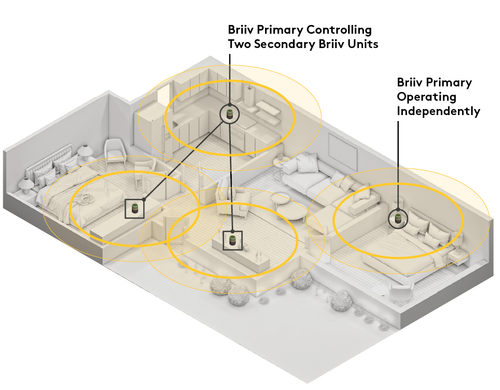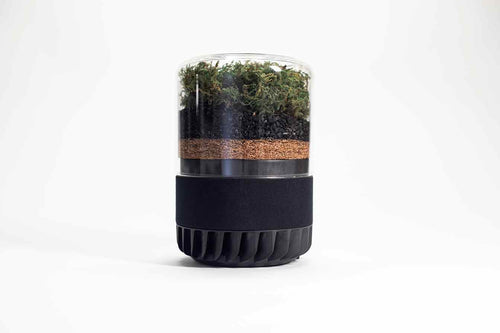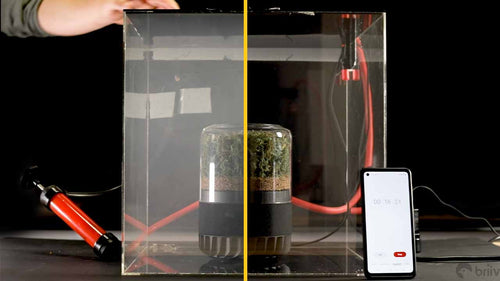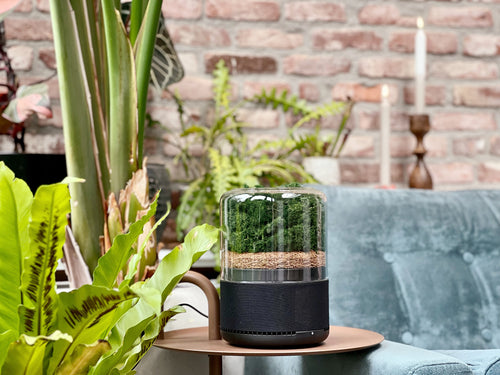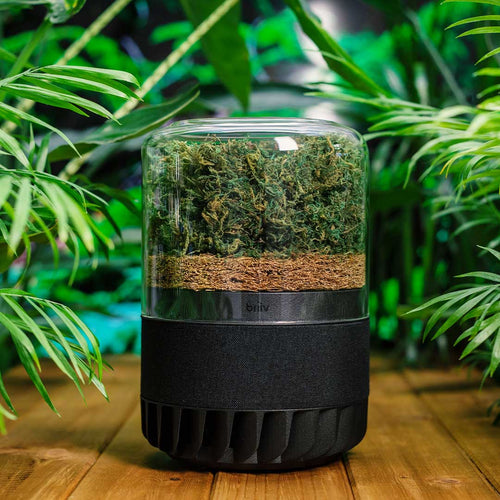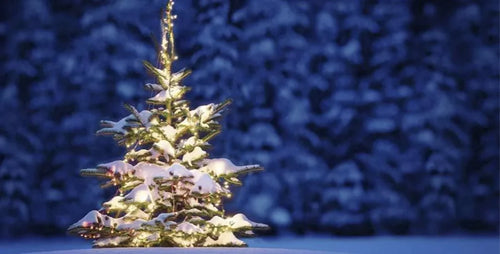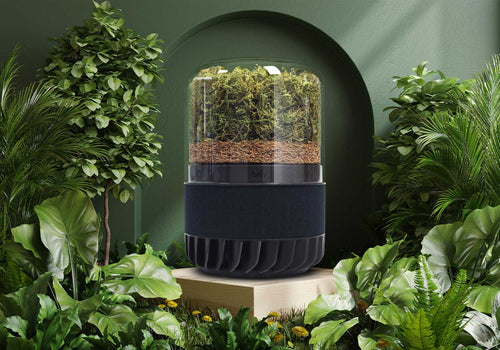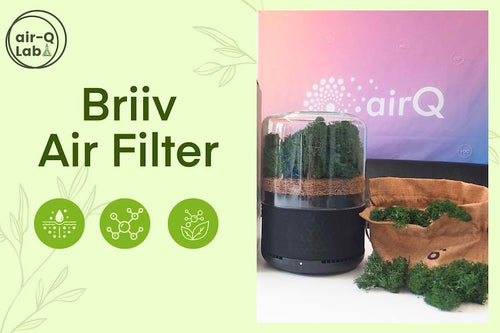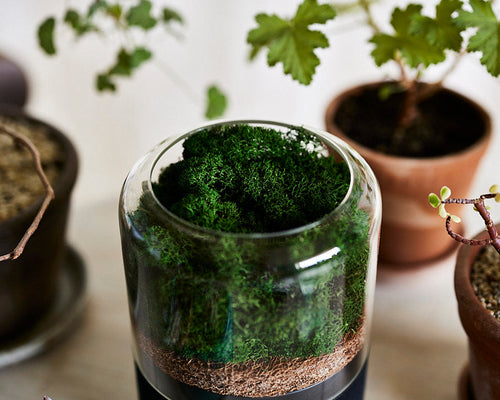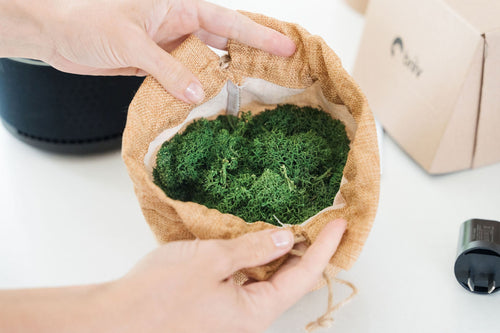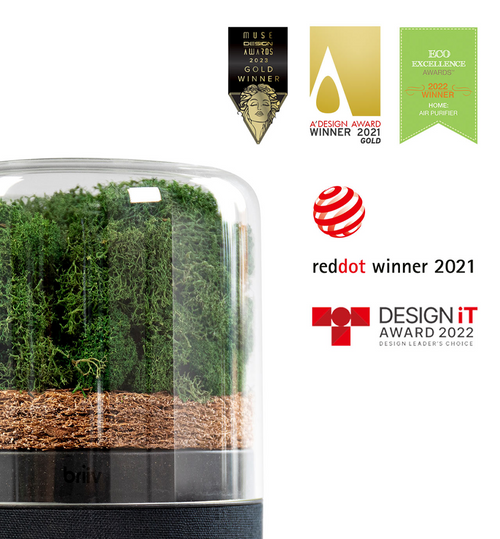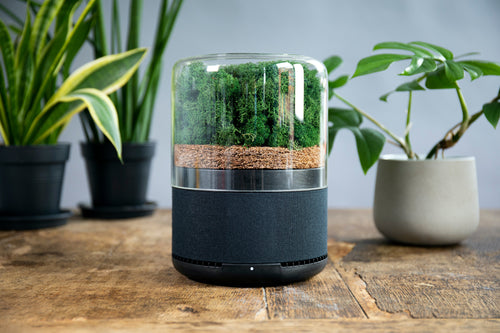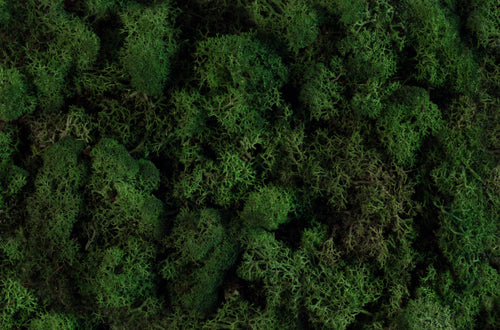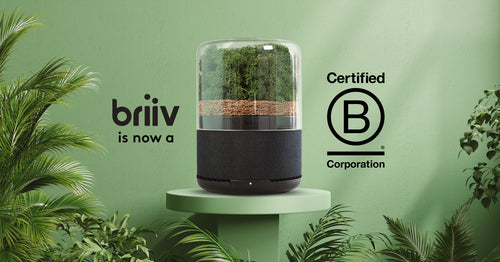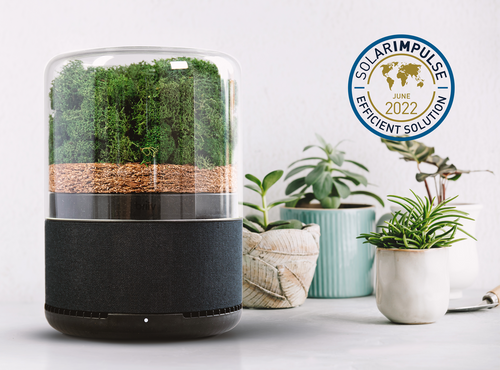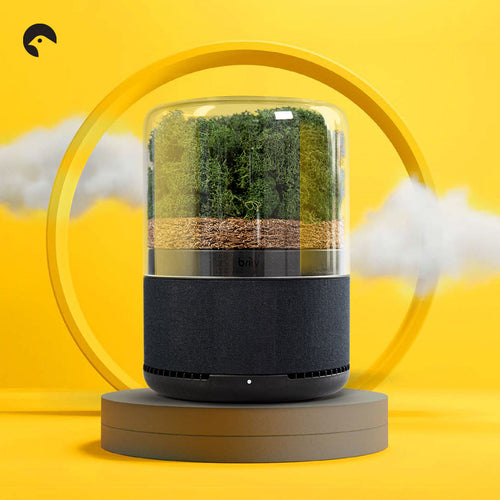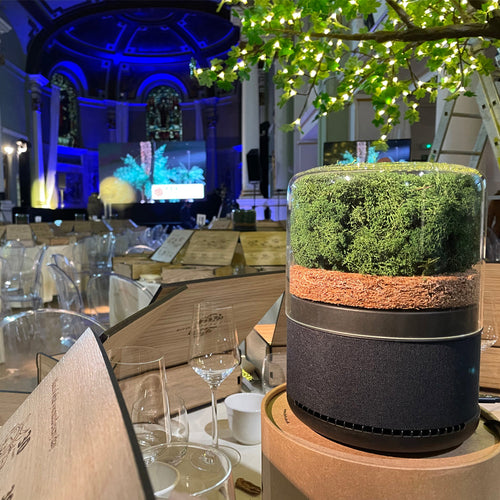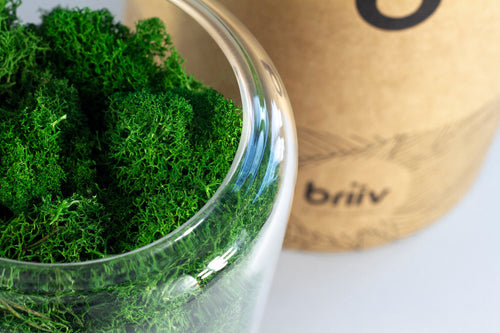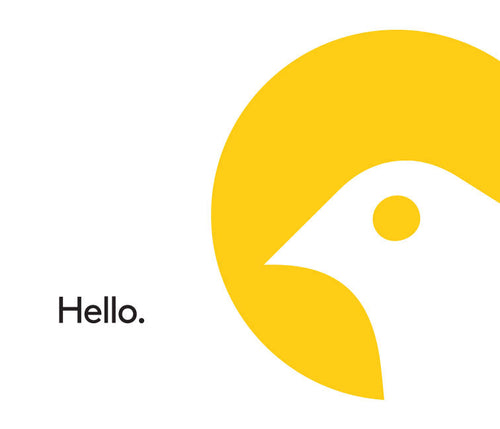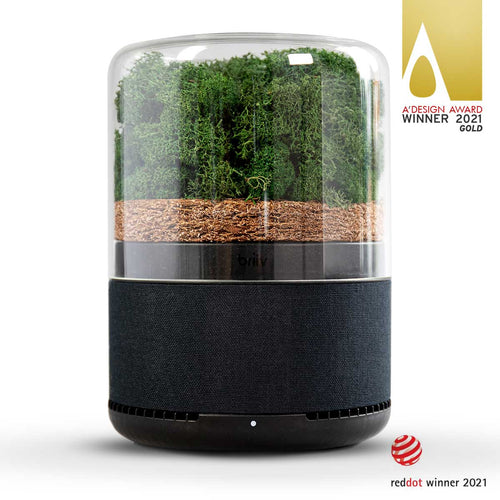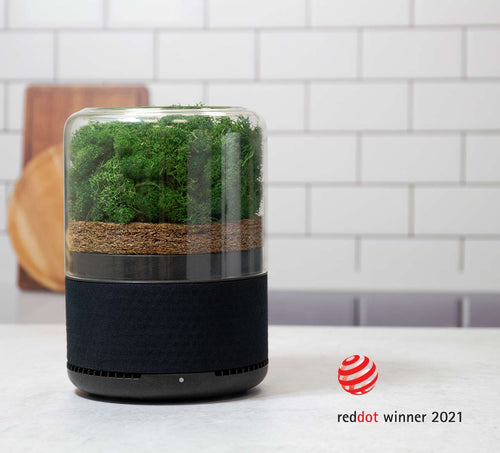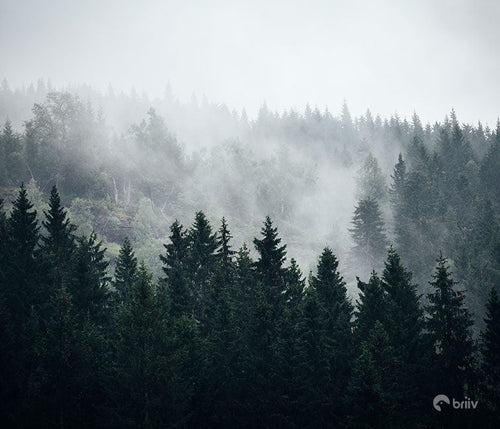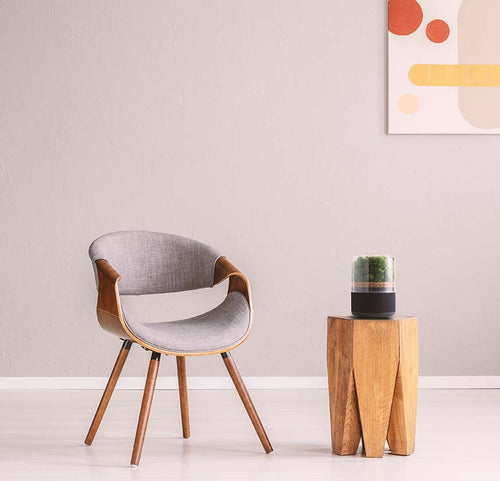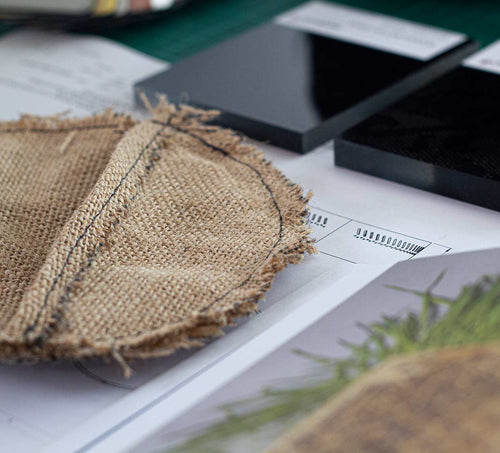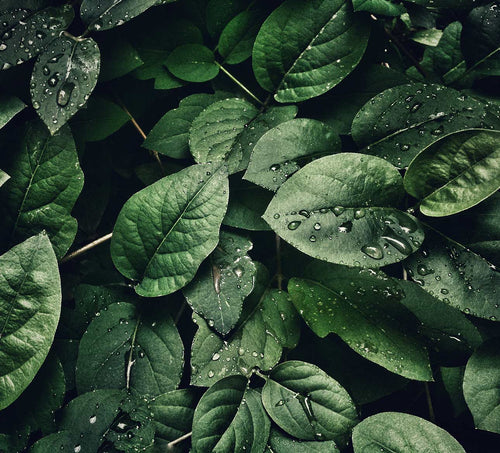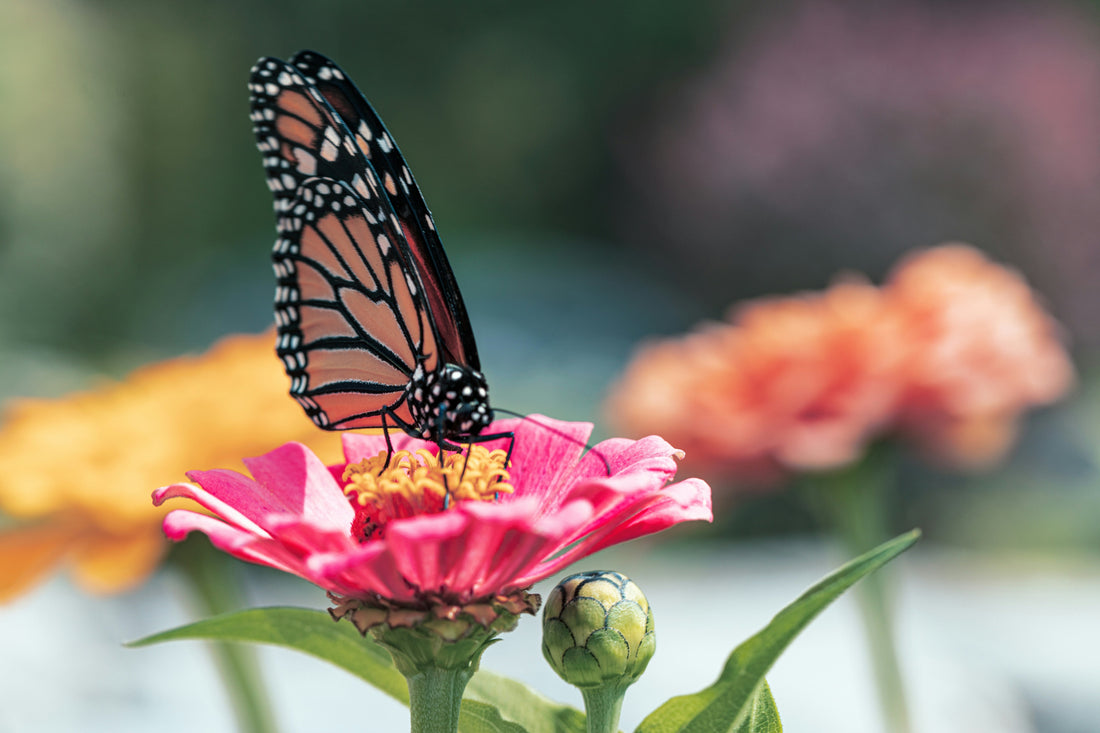
The Importance of Pollinators: Protecting Nature’s Essential Workers
What Are Pollinators and Why Are They Important?

Pollinators are crucial to ecosystems, agriculture, and food security — their survival is essential for ours. The majority of pollinators are insects such as bees, moths, butterflies, and beetles, but other animals like bats and even birds can act as pollinators. Pollination occurs when these animals carry pollen between flowers leading to plant fertilisation, seed development, and fruit production. This means the plants can produce and thrive, which simply wouldn’t be possible without the help of the pollinators.
Pollination is required for most plants to reproduce, meaning pollinators are responsible for countless fruits and vegetables; 88% of flowering plants and over a third of food crop production relies on pollinators for success- that’s 1 in 3 bites of plant-based food!
Pollinators and plants have a symbiotic relationship and have evolved together over millions of years. Plants have developed specialised methods for attracting pollinators, including bright colours, enticing scents, and even biomimicry. Equally, bumblebees are well known for their fuzzy bodies which are great for pollen collection! The mutualistic relationship between species is beneficial for both; the pollinator can feed on nectar or seeds, and the plant’s pollen is spread so it can reproduce. This relationship means both species receive benefit.
Without pollinators plant biodiversity would dramatically decrease, ecosystems would be negatively affected, and food security would be at risk.
How Pollinators Support Food Crops, Soil Health, and Ecosystems

While not all crops are dependent on pollinators (cereals and wheat are primarily pollinated by wind!) they still play a vital role in crop production, especially fruits and vegetables. For a nutrient dense and varied diet, which is what most of the population is used to, we need pollinators to keep yields high and crops healthy. Three quarters of crop species are partially dependent on pollinators, meaning their yields would be decreased without them. In terms of bulk, 35% of overall crop production is at least somewhat reliant on pollinators.
It’s not just crops for food though; pollinated plants are also important for carbon sequestering and reducing land degradation. Carbon sequestering, or removing carbon from the air and ‘fixing’ it in another form, is an important part of the carbon cycle and can even help towards slowing global warming. Improving degraded land, and preventing land degradation in the first place, means ensuring soil stays healthy and fertile. Healthy soil is better for crops yields and food security and is better at storing and filtering water, which reduces both droughts and flood risk.
Top Threats to Pollinators: Pesticides, Habitat Loss, and Poor Land Management
Evidence suggests that the abundance of insects may have reduced by 50% since 1970. With pollinator populations in decline, the planet is at risk. Land clearance and degradation for building and agriculture reduces biodiversity and pollinator habitat. Shifting pollinator populations can also be attributed to farming practices. Land clearance destroys habitats, and crop monoculture (where only one type of plant is grown) severely limits biodiversity, which can further reduce food and habitat options for pollinators.
The chronic use of pesticides in farming creates inhospitable environments and directly contributes to population decline. While some pesticides may not have lethal effects, they can still have seriously negative impacts on a pollinator’s ability to thrive and survive. When used in conjunction, multiple pesticides can have even more toxic effects. The negative effect of pesticide use is consistent across pollinators.
Pollinator Policy
With agricultural practices having such a huge impact on pollinators, it’s important to push for large scale, policy driven solutions. Our governments and other regulatory bodies can play a critical role in pollinator conservation. In 2018 the European Union implemented a total ban on neonicotinoids, an insecticide that was proven to be specifically damaging to honeybee populations exacerbated by its widespread contamination of soil and water. Further regulation across other chemicals, and throughout other countries, is needed to prioritise ecological health.
Beyond pesticide reform, governments can support sustainable farming practices to prioritise biodiversity and soil health and reduce chemical use. Not only can sustainable land management be beneficial for pollinators and food security, it can also reduce the environmental impact of traditional farming and preserve resources.
Pollinator-Friendly Actions You Can Take Today
It can feel overwhelming to tackle such large, widespread policy change, and while it is important there are also plenty of options for us as individuals to support and protect pollinators. You don’t need a sprawling garden full of native wildflowers (though it does help!), and you can still support pollinating species no matter where you are. From prioritising organic, pesticide-free veg to supporting local bee-keepers, your shopping habits can help to shape market demand and shift producers towards friendlier solutions. Read more about purchasing power and sustainable swaps in our blog post!
Community garden projects can be a great place to volunteer your time and give back to the environment and make community connections. They’re also great for sharing knowledge and increasing awareness of sustainability and the importance of pollinators.

If you do have outdoor space, a bug hotel provides an excellent place for insect pollinators to nest when done properly. A small refuge designed for a specific species made with natural, untreated wood can be a great way to diversify the wildlife in your garden. There are some great tips from the Garden Ninja on what to look for in a bug hotel, or how to build your own that actually caters for wildlife.
Incorporating pollinator-friendly flowers and herbs into your garden isn’t too tricky if you have a green thumb, as long as you look into what’s right for your area! In the UK, the Royal Horticultural Society has a recommended list of year-round plants that are good for pollinators, along with other tips you can use in your garden. Even just allowing your lawn to flower by mowing less frequently can produce an excellent food source for pollinators. Or do away with your grass lawn altogether and replace it with clover or creeping thyme for a flowering space that pollinators will love.
Protecting Pollinators Is Protecting Our Future
Pollinators are more than just insects buzzing through our gardens — they are essential to the health of our ecosystems, our food systems, and ultimately, our survival. Their quiet work sustains biodiversity, enables food production, and contributes to soil and climate health. But with pollinator populations declining under the pressure of habitat loss, pesticides, and unsustainable land use, it’s clear that we need to act.

From influencing policy to creating pollinator-friendly spaces at home, we all have a role to play. Whether you're planting wildflowers in a city balcony box, supporting sustainable agriculture through your food choices, or advocating for stronger environmental protections, your actions matter. By taking steps to protect these vital creatures, we’re not just preserving nature’s essential workers — we’re investing in a more resilient, sustainable future for ourselves and generations to come.

